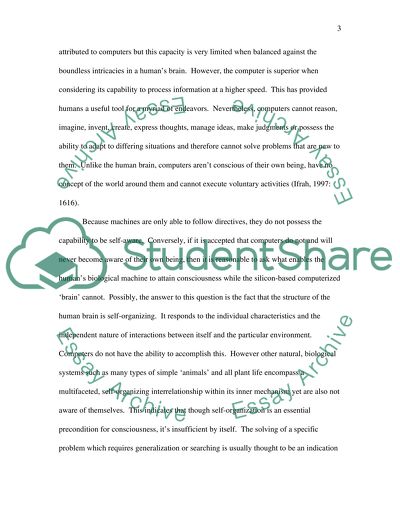Cite this document
(Can A Machine Know Report Example | Topics and Well Written Essays - 1500 words, n.d.)
Can A Machine Know Report Example | Topics and Well Written Essays - 1500 words. https://studentshare.org/technology/1539007-can-a-machine-know
Can A Machine Know Report Example | Topics and Well Written Essays - 1500 words. https://studentshare.org/technology/1539007-can-a-machine-know
(Can A Machine Know Report Example | Topics and Well Written Essays - 1500 Words)
Can A Machine Know Report Example | Topics and Well Written Essays - 1500 Words. https://studentshare.org/technology/1539007-can-a-machine-know.
Can A Machine Know Report Example | Topics and Well Written Essays - 1500 Words. https://studentshare.org/technology/1539007-can-a-machine-know.
“Can A Machine Know Report Example | Topics and Well Written Essays - 1500 Words”. https://studentshare.org/technology/1539007-can-a-machine-know.


